Cleaners are on the frontline in the fight against COVID-19 – will they now get the recognition they deserve?

This article was originally published in Unit, the magazine of Tampere Universities.
The COVID-19 crisis has shined a rare spotlight on this too often invisible workforce.
Lecturer Leila Kakko, who teaches cleaning technology to students working towards a bachelor’s degree in hospitality management at Tampere University of Applied Sciences, is pleased with the long overdue recognition of the cleaning industry but finds public discussion too focused on domestic cleaning.
“As important as residential cleaning is, I would also like to see the entire cleaning industry and the commercial cleaning sector acknowledged as providing a vital service. Cleaning staff cannot be forced to go into people’s homes if the occupants are infected with the coronavirus, but hospitals, day care centres, schools and offices must be cleaned nonetheless. “
Another thing that Kakko would like to see recognised is the importance of routine cleaning as opposed to the overuse of chemical disinfectants. Respiratory droplets are the primary source of COVID-19 transmission although spread through contaminated surfaces cannot be ruled out entirely.
“Washing hands, practising good hygiene and maintaining a regular cleaning routine are the best ways to protect against the coronavirus, which is much easier to kill than the norovirus. As soap interferes with the fats in the virus shell, household cleaning products are enough to remove the virus from surfaces. I hope the unnecessary use of disinfectants and strong cleaning agents continues to be discouraged in the cleaning industry.”
As soap interferes with the fats in the virus shell, household cleaning products are enough to remove the virus from surfaces.
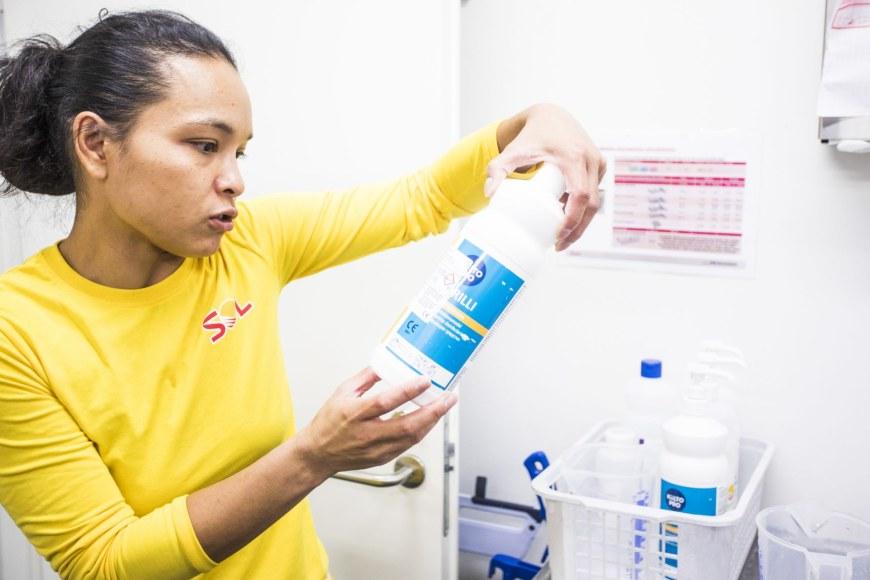
Detailed guidelines issued by hospital districts
Even amidst the pandemic, the key is to thoroughly clean high touch surfaces that people handle frequently throughout the day. Disinfecting is required when cleaning areas occupied by people with a suspected or confirmed case of COVID-19.
Hospitals have high standards of hygiene and cleanliness. Hospital districts have their own cleaning guidelines that set out not only how different areas must be cleaned, with what chemicals and in what order but also specify the type of personal protective equipment (PPE) to be worn by cleaning staff. There are separate guidelines for cleaning and disinfecting in the context of COVID-19. Cleaners must wear PPE when cleaning rooms occupied by coronavirus patients and, like doctors and nurses, follow the correct procedure when putting on and removing PPE. Separate guidelines apply to the cleaning of sample collection facilities, empty patient rooms and other areas.
Leila Kakko adds that PPE may be worn to protect the wearer or other people. In premises where there is a confirmed or suspected outbreak, cleaners must be protected from exposure whereas in some cases PPE is worn to protect patients.
“Poor cleaning can be a health hazard. In hospital settings, overlooking to clean something or not wearing proper PPE could have potentially life-threatening consequences, for example, for a leukaemia patient.”
Broader set of skills required
Professional cleaners must comply with PPE protocols, be familiar with different types of cleaning products and follow the correct sequence of cleaning. There is a common misconception that cleaning requires little or no training when in fact technology plays an increasingly important role in the cleaning industry, too. The equipment and machines are more high tech nowadays and the job requires a wider set of skills, gained while working towards vocational qualifications in cleaning and property services.
Poor cleaning can be a health hazard.
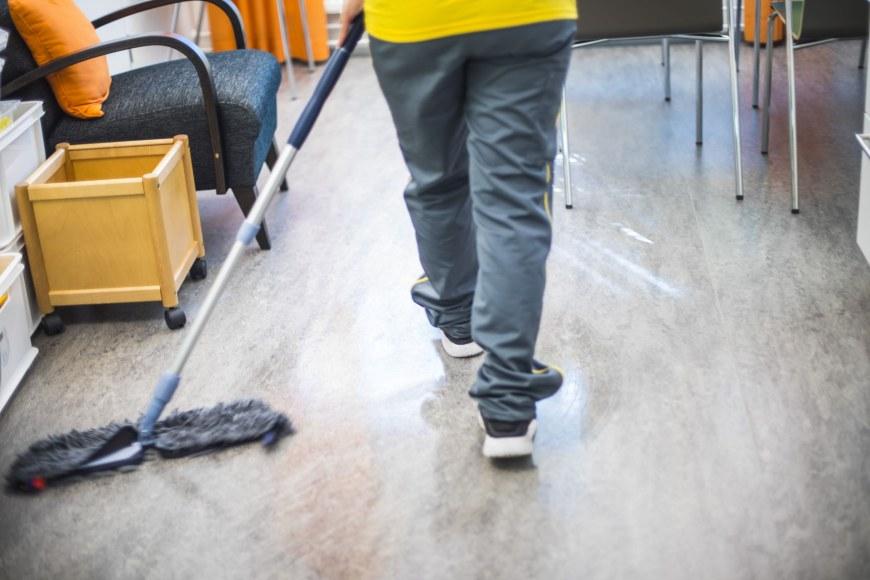
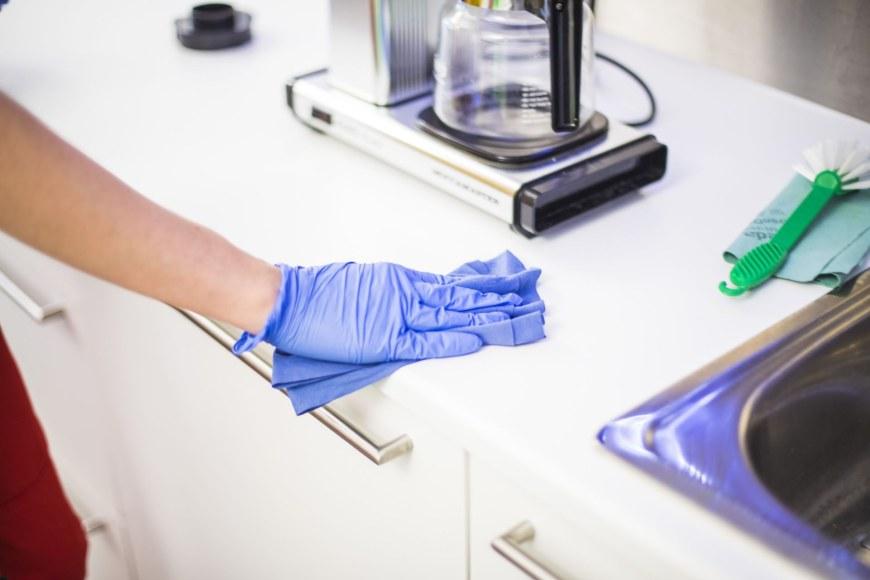
Quality control has likewise evolved. Cleaners often self-monitor the quality of their work. Besides sensory evaluation, professional cleaning services almost routinely include the collection of samples to monitor, among other things, the presence of microbes on surfaces.
“People may not understand everything that goes into cleaning. They may wonder why cleaners are pushing a trolley filled to the brim with cleaning supplies without knowing that the type of cleaning agent that works on surfaces on the second floor is not suitable for surfaces on the fifth floor,” Kakko points out.
Undervalued and underpaid
Cleaner, cleaning operative, custodian... Cleaning staff have a variety of titles, but cleaner is perhaps the one that best describes the job. The cleaning workforce relies heavily on women, immigrants and students with low pay being prevalent across the sector as in many other female-dominated service industries.
Senior Research Fellow Tuija Koivunen and Postdoctoral Researcher Tiina Saari from the Faculty of Social Sciences at Tampere University are currently carrying out a project that explores the occupational well-being of blue-collar workers. One of the sectors they focus on is the cleaning industry.
“With cleaners, the main problem is that they are undervalued and thus underpaid,” Koivunen and Saari point out.
The small domestic cleaning businesses that have sprung up in recent years have helped to enhance the image of the cleaning industry. Leila Kakko and researchers Koivunen and Saari praise Saana Tyni, founder of the cleaning business Koti Puhtaaksi Oy and winner of the 2019 Best Workplace in Finland Award, for her efforts to initiate positive change and raise the profile of the cleaning industry.
“The work of cleaners typically goes unnoticed unless it is done poorly or not at all. Although the pandemic has increased the visibility of the cleaning sector, do people realise that cleaners are also working on the frontlines?” Koivunen and Saari ask.
Photos in the media showing cleaners wearing PPE are virtually non-existent. On the contrary, Kakko, who teaches cleaning supervisors working towards a bachelor’s degree in hospitality management, remembers seeing a photo of a toy cleaning set in a news article about cleaning.
Cleaners typically reported significantly higher levels of pride and a greater sense of meaning in their work than other workers who took part in the project.
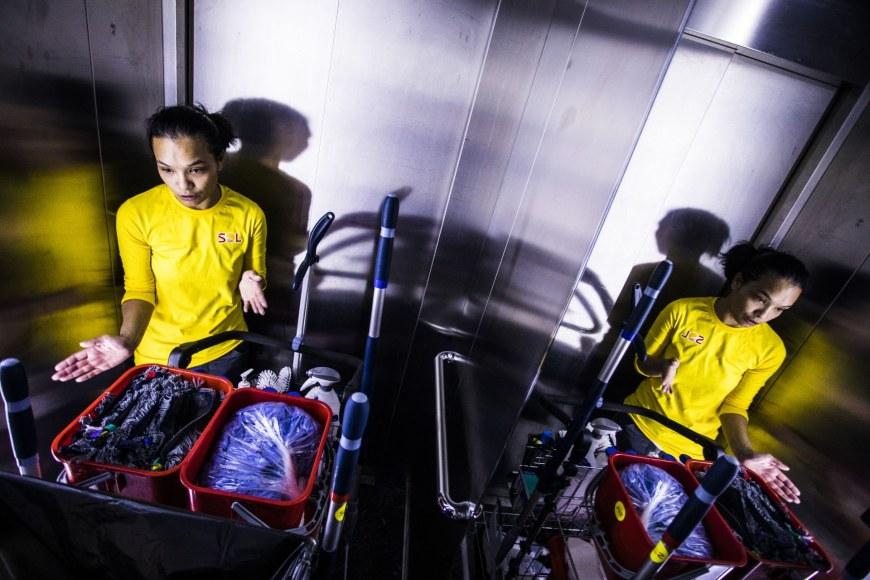
“Nothing would work without cleaners”
For professional cleaners, finding meaning in their work is easy. “Nothing would work without cleaners”, noted one of the cleaners interviewed for the Blue-Collar Workers project of Tampere University. Cleaners typically reported significantly higher levels of pride and a greater sense of meaning in their work than other workers who took part in the project.
“This commitment also shows in the students who are specialising in cleaning and property services at TAMK, many of whom are already employed in supervisory or specialist positions in the cleaning industry,” Kakko says.
Professional cleaners know how important their work is and take pride in what they deliver. Leila Kakko, Tuija Koivunen and Tiina Saari are all hoping the cleaning industry receives the recognition it rightly deserves.
Cleanliness is crucial to creating a healthy, safe and pleasing environment. It also helps prevent the spread of infection, as long as people remember to practice good hygiene and wash their hands. And thanking cleaners for a job well done would not hurt either.
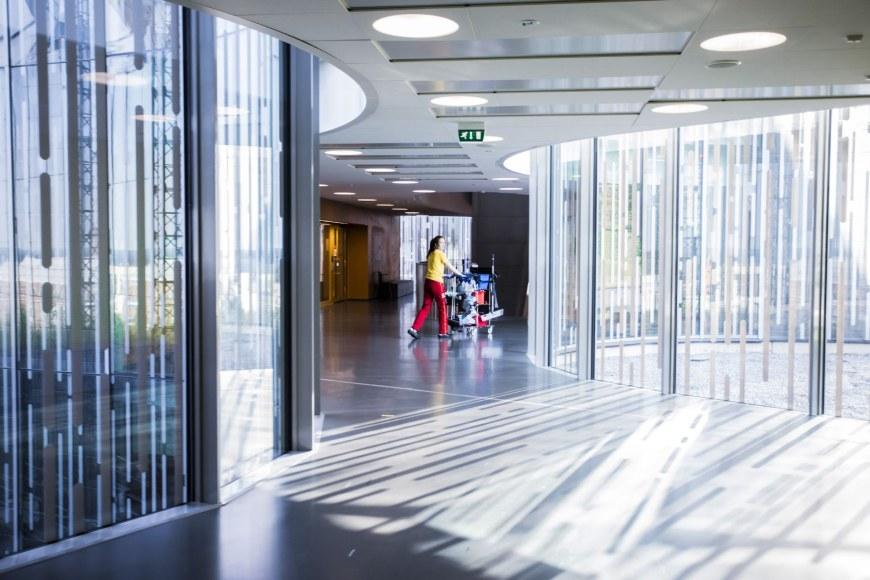
Author: Helena Pekkarinen





